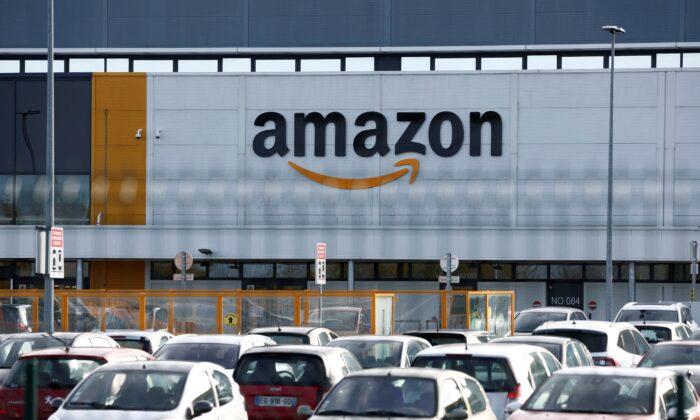Amazon informed staff on Wednesday that it plans to cut 18,000 jobs amid slowing consumer and corporate spending.
The cuts include workforce reductions already announced in November. The company had previously flagged that it would make additional cuts this year.
The workforce eliminations are focused on the company’s devices and books business, as well as its people, experience, and technology organization, and Amazon Stores.
Jassy announced the cuts earlier than expected after an employee leaked the plans. The Wall Street Journal reported earlier on Wednesday that the company would reduce its workforce by 17,000 jobs.
“We typically wait to communicate about these outcomes until we can speak with the people who are directly impacted,” Jassy said. “However, because one of our teammates leaked this information externally, we decided it was better to share this news earlier so you can hear the details directly from me.”
Impacted employees will hear from Amazon starting Jan. 18.

Expanded Fast
Jassy said Amazon had expanded fast over the last few years, but now the e-commerce company had been evaluating its workforce levels, thinking about “investments they want to make in the future,” and prioritizing “what matters most to customers and the long-term health of our businesses.”“Amazon has weathered uncertain and difficult economies in the past, and we will continue to do so,” Jassy said. “These changes will help us pursue our long-term opportunities with a stronger cost structure; however, I’m also optimistic that we’ll be inventive, resourceful, and scrappy in this time when we’re not hiring expansively and eliminating some roles.
“Companies that last a long time go through different phases. They’re not in heavy people expansion mode every year,” he continued.
Jassy indicated the company had overlooked the importance of simplifying things while it pursued invention. The CEO promised that further efforts under its “invest and simplify” leadership principle would be tempered by a need to focus on “the critical invention, problem-solving, and simplification that go into figuring out what matters most to customers (and the business).”
This would include “adjusting where we spend our resources and time, and finding a way to do more for customers at a lower cost (passing on savings to customers in the process),” Jassy said.
According to Jassy, the layoffs will allow Amazon to pursue long-term opportunities with a lower cost structure. He did, however, describe the cuts as a “difficult decision,” noting that he is “deeply aware that these role eliminations are difficult for people, and we don’t take these decisions lightly or underestimate how much they might affect the lives of those who are impacted.”

Loan and Market Value Drop
On Dec. 4, Amazon announced it had reached an agreement with certain lenders to provide an $8 billion unsecured loan to the e-commerce giant.The term loan will mature in 364 days, with an option to extend for another 364 days, with the proceeds going toward general corporate purposes.
“Given the uncertain macroeconomic environment, over the last few months we have used different financing options to support capital expenditures, debt repayments, acquisitions, and working capital needs,” an Amazon spokesperson said in a statement.
During the COVID-19 pandemic, Amazon’s business boomed as consumers relied on online shopping for almost everything. This year, however, the company is dealing with a return to in-person shopping and rising inflation, which have sharply reduced consumer demand.
In November, Amazon was the first publicly traded company to lose a $1 trillion market valuation owing to a volatile economy that has sparked a broad selloff in the technology sector.
The company’s shares fell 4.3 percent on Nov. 9, bringing its market value down to $878 billion from close to $1.88 trillion in July 2021.
Amazon stock has lost nearly half of its value in 2022, and its holiday season performance forecasts fell short of analysts’ expectations in October.
Amazon reported revenue of $127.1 billion in the third quarter, narrowly missing analyst expectations of $127.5 billion, while net income fell to $2.9 billion, or $0.28 per share, a 9 percent decrease from the previous year’s third quarter.
The e-commerce behemoth also predicted the company’s slowest fourth-quarter growth in history, with between 2 percent and 8 percent growth compared to the fourth quarter of 2021.





